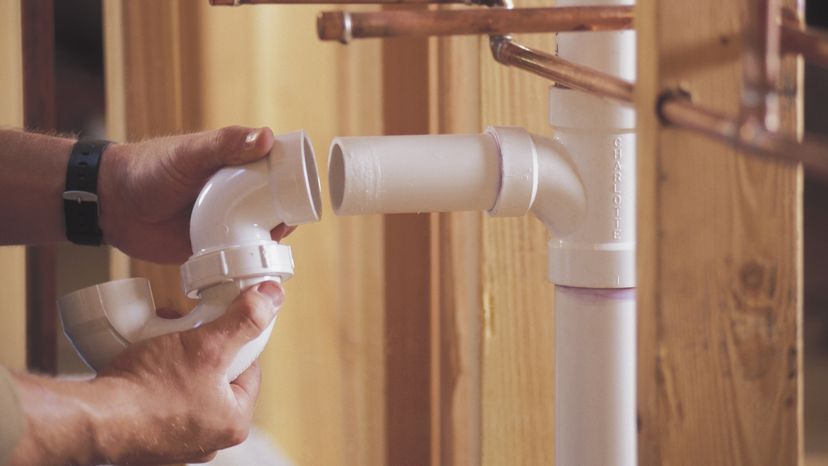Here's what you'll need:
Hacksaw
A hacksaw is useful when you are unable to physically separate the glued PVC joint by heating and twisting. In such cases, you can use a hacksaw to carefully cut through the PVC pipe close to the joint. This allows you to remove the section of the pipe that is glued to the fitting. It's a practical tool for cutting PVC pipes with precision and control.
Purple Primer
Purple primer is used to clean and soften the PVC pipe's surface before applying PVC cement for reattachment. It helps in removing any dirt, oil, or ordinary adhesive remnants from the surface of the pipe, ensuring a clean area for the new adhesive.
The primer also softens the top layer of the PVC, which allows for a better bond when the new PVC cement is applied. Its purple color helps to visibly indicate the areas where it has been applied, ensuring comprehensive coverage.
Clear PVC Cement
After using the primer, clear PVC cement is applied to create a new bond between PVC pipes or fittings. This solvent cement works by chemically fusing the pieces of PVC together, creating a strong and reliable seal.
The clear PVC pipe cement is preferred in applications where aesthetic appearance matters, as it leaves no color residue on the pipe. Remember, not all universal solvent cements are created equal!
A New Fitting and Coupling
When a PVC pipe is cut to remove a glued joint, a new fitting and/or coupling may be necessary to reestablish the connection. The new fitting can be attached to the existing pipe using the PVC primer and cement. Couplings are especially useful when you need to connect two cut pipe ends together, providing a secure and leak-proof joint.
